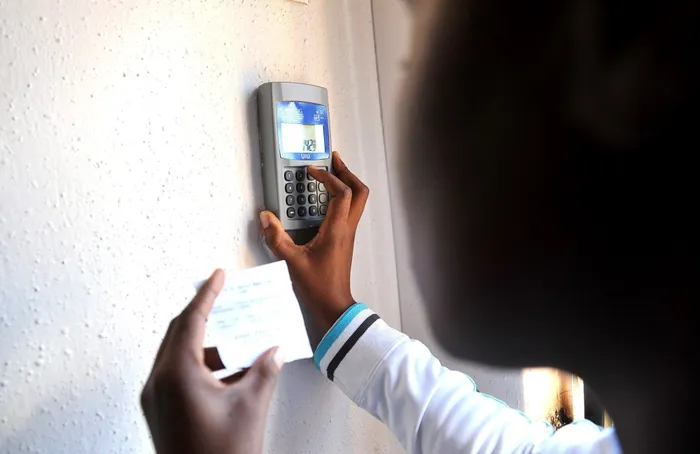Lights off, but consumers may have to dig even deeper

South Africans are expected to know on Thursday how much they will pay for electricity as NERSA will announce its decision on whether to grant Eskom’s request to hike prices.
Cape Town - South Africans are expected to know on Thursday how much they will pay for electricity as the National Energy Regulator of SA (NERSA) will announce its decision on whether to grant Eskom’s request to hike prices.
Nersa had conducted public hearings across the country following Eskom’s Fifth Multi-Year Price Determination (MYPD5) Year 2 (2023/24) and Year 3 (2024/25) revenue application.
In a statement on Wednesday, the regulator said it would make its decision public during a media briefing at 4.30pm.
Eskom wants to increase its electricity prices again, by 38.10% for the 2023/24 financial year, estimated revenue of R335-billion in its latest request to Nersa, according to energy activists.
This is at a time the power utility can barely keep the lights on, further putting a strain on businesses and households wishing to kickstart the new year on a high note.
Fears of the devastating impact of load shedding were heightened following Eskom’s announcement of indefinite Stage 6.
Stage 6 load shedding would be implemented continuously until further notice due to the “severe capacity constraints”, said Eskom.
This after 11 generators amounting to 5 084MW of capacity suffered breakdowns since Tuesday morning, further reducing available capacity and necessitating the increase in the stages of load shedding.
“These were a unit each at the Camden, Duvha, Grootvlei, Hendrina, Kendal, and two units each at Kriel, Majuba and Matla power stations.
“A unit each at Camden, Duvha, Hendrina, Kriel, Matimba and Matla power stations have returned to service, representing 2 540MW of capacity.
“Planned maintenance is currently 5 739MW while breakdowns amount to 18 041MW of capacity,” said Eskom.
Meanwhile, the energy crisis and food supply crunches are likely to persist for the next two years, according to the World Economic Forum’s (WEF) Global Risks Report released on Wednesday.
The report, produced in partnership with Marsh McLennan and Zurich Insurance Group, draws on the views of over 1 200 global risk experts, policy-makers and industry leaders.
“Building on the most severe risks expected to impact in 2023 – including ‘Energy supply crisis’, ‘Rising inflation’ and ‘Food supply crisis’ – a global cost-of-living crisis is already being felt,” the report said.
The report added that while the transition to clean energy is critical for the mitigation of climate change by reducing the carbon footprint of energy compared to fossil fuels, “the rapid expansion of green infrastructure in a quest for energy security may have unintended impacts on domestic and broader ecosystems, as the dependencies on, and risks to, natural ecosystems of these technologies are, presently, less well understood”.
Cape Times
Related Topics: